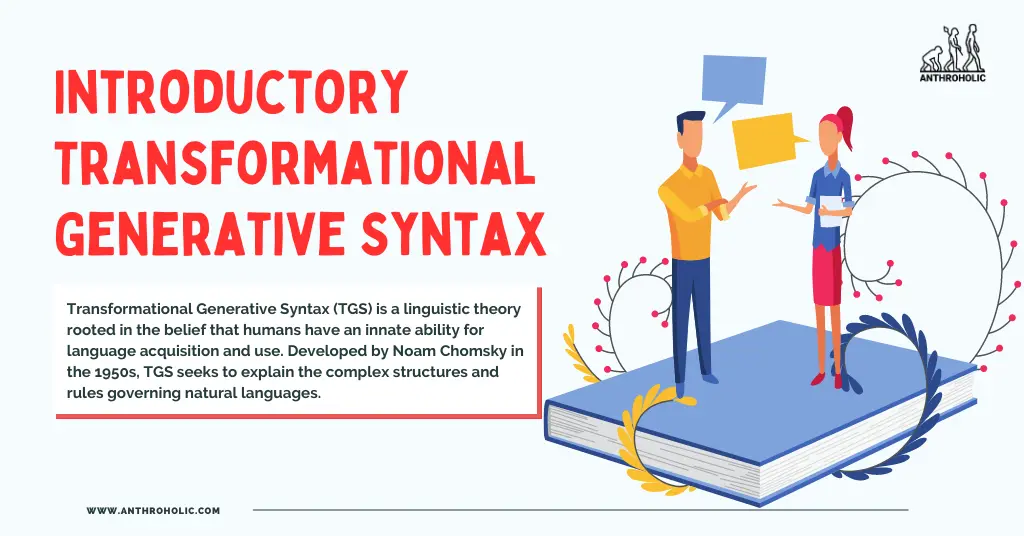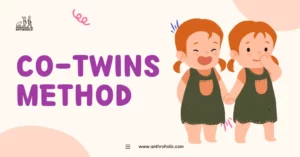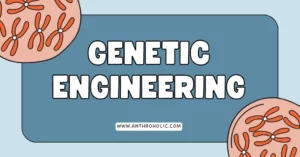AI Answer Evaluation Platform Live Now. Try Free Answer Evaluation Now
Introductory Transformational Generative Syntax
Transformational Generative Syntax (TGS) is a linguistic theory rooted in the belief that humans have an innate ability for language acquisition and use. Developed by Noam Chomsky in the 1950s, TGS seeks to explain the complex structures and rules governing natural languages [1].

Theoretical Basis
TGS is anchored on two significant principles:
- The innate nature of grammatical knowledge, suggesting that humans are born with an inherent capacity for language and grammar learning.
- The distinction between surface structure (the apparent syntax of a sentence) and deep structure (the underlying syntactic form) [2].
Surface Structure and Deep Structure
The concept of surface structure and deep structure forms the core of TGS. Deep structure refers to the abstract and core syntactic relations of a sentence, which is transformed into a surface structure, the syntactically arranged words we encounter in speech and writing.
For instance, consider the sentences:
- John is eating an apple.
- An apple is being eaten by John.
Despite the difference in structure, they share the same meaning, indicating a common deep structure.
| Sentence | Deep Structure | Surface Structure |
|---|---|---|
| John is eating an apple. | John –> eat –> apple | John is eating an apple. |
| An apple is being eaten by John. | John –> eat –> apple | An apple is being eaten by John. |
Innate Nature of Language
The theory suggests that humans possess a Language Acquisition Device (LAD), an innate mechanism enabling them to learn languages effortlessly during their early years [3]. This idea radically departed from the behaviorist view that language learning was solely a matter of imitation and reinforcement.
Components of TGS
TGS comprises the following components [4]:
- Phrase Structure Rules (PSR)
- Transformational Rules (TR)
- Morphophonemic Rules (MR)
Phrase Structure Rules (PSR)
These rules generate the base of sentences by creating a hierarchical tree-like structure from the words in a sentence, showing how they group together into larger units, such as noun phrases and verb phrases. For instance, the sentence “John loves Mary” can be represented as:
S
/ \
NP VP
| / \
N V NP
| | |
John loves Mary
Transformational Rules (TR)
Transformational rules are used to derive different surface structures from the same deep structure, allowing for the diversity of sentence forms in natural languages. Examples include passivization, question formation, etc.
Morphophonemic Rules (MR)
Morphophonemic rules apply last and involve the pronunciation of the final sentence, taking care of the phonetic changes that occur when morphemes combine.
Expansion: From Transformational Generative Syntax to Minimalism
While TGS has been tremendously influential, it’s important to note that it has evolved over time. Chomsky, its primary proponent, moved away from the initial complexity of the transformational generative model to a simpler theoretical framework known as the Minimalist Program [7].
The Minimalist Program hypothesizes that the language faculty in the human mind is organized in the most efficient way possible, with a minimal set of syntactic rules and principles. It aims to explain linguistic phenomena using fewer theoretical constructs, reflecting a drive towards elegance and simplicity in the study of syntax [8]. This progression underscores the dynamic nature of linguistic theory, continually seeking to refine our understanding of the intricacies of human language.
Application and Impact
TGS has had a significant impact on various fields, including:
- Psycholinguistics: TGS’s innateness hypothesis has contributed to the understanding of language acquisition in children [5].
- Artificial Intelligence: The theory has been used in Natural Language Processing (NLP) to model and understand human language processing [6].
- Language Teaching: The theory has been instrumental in developing language teaching methodologies, like the Audiolingual Method.
Conclusion
In summary, Transformational Generative Syntax has revolutionized linguistic theory by focusing on the inherent, deep structures of language and the cognitive processes involved in transforming these structures into surface forms. It has had profound implications for fields ranging from psycholinguistics to artificial intelligence.
References
[1] Chomsky, N. (1957). Syntactic Structures. The Hague: Mouton.
[2] Chomsky, N. (1965). Aspects of the Theory of Syntax. MIT Press.
[3] Chomsky, N. (1968). Language and Mind. Harcourt, Brace & World.
[4] Radford, A. (1988). Transformational Grammar: A First Course. Cambridge: Cambridge University Press.
[5] Pinker, S. (1994). The Language Instinct. New York: HarperPerennial Modern Classics.
[6] Jurafsky, D., & Martin, J.H. (2009). Speech and Language Processing (2nd ed.). Prentice Hall.
[7] Chomsky, N. (1995). The Minimalist Program. MIT Press.
[8] Lasnik, H., Uriagereka, J., & Boeckx, C. (2005). A Course in Minimalist Syntax: Foundations and Prospects. Blackwell Publishing.




